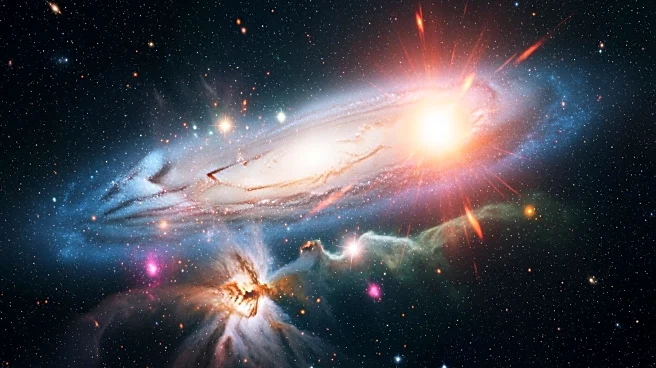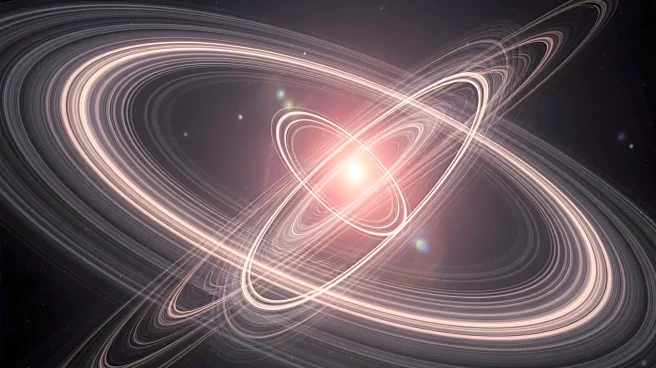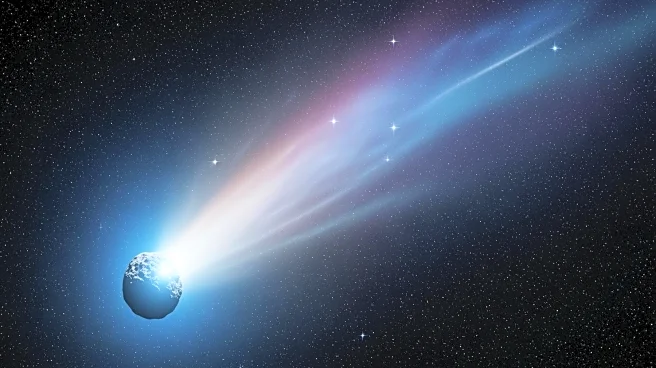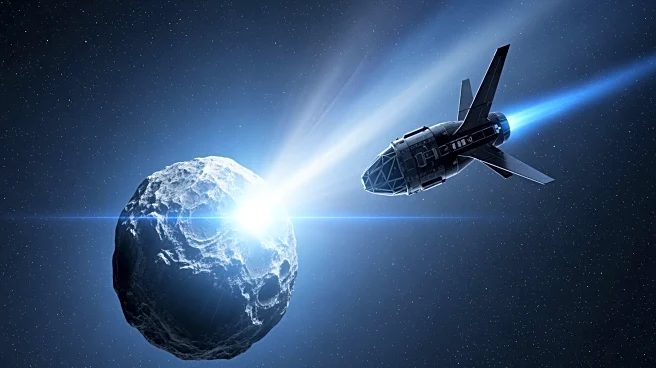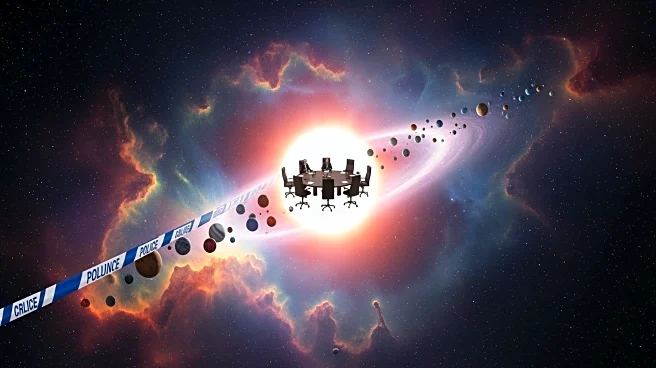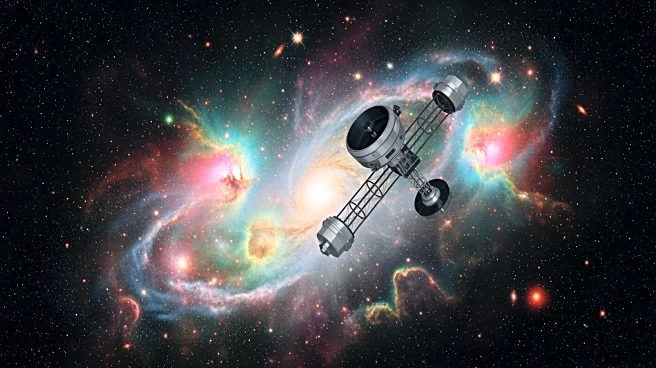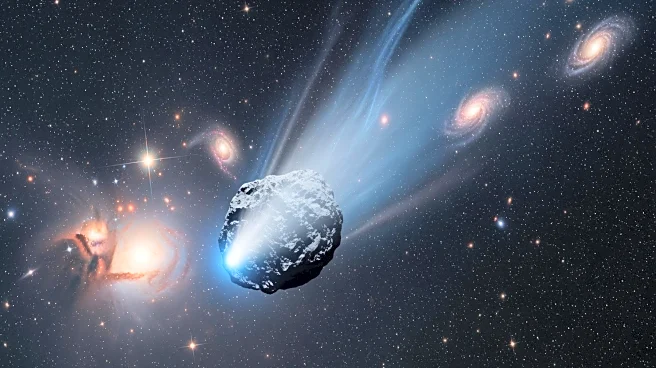What's Happening?
NASA's Transiting Exoplanet Survey Satellite (TESS) has uncovered that aging stars in their red giant phase are more destructive to their orbiting planets than previously thought. Researchers analyzed
data from nearly half a million planetary systems, narrowing it down to 15,000 potential planetary signals. They identified 130 planets orbiting stars transitioning into red giants, including 33 new candidates. This suggests that planets are less likely to survive close to red giant stars, as they are often engulfed during the star's transformation. Edward Bryant from the University of Warwick noted the efficiency of these stars in consuming nearby planets, highlighting the gravitational interactions that lead to planetary destruction.
Why It's Important?
The findings have significant implications for understanding the fate of planets, including Earth, as their stars age. As stars evolve into red giants, they expand dramatically, potentially engulfing nearby planets. For Earth, this means that in about 5 billion years, the sun's expansion could threaten its existence. While Earth might survive the sun's red giant phase, life on the planet would likely not. The study provides insights into the dynamics of star-planet interactions and the potential for planetary survival, influencing future research on planetary systems and the search for life beyond Earth.
What's Next?
Researchers aim to gather more data to understand why some planets are destroyed while others survive the red giant phase. This could provide further insights into Earth's potential fate and the conditions necessary for planetary survival. The study emphasizes the need for continued observation and analysis of star-planet interactions to predict long-term planetary outcomes.
Beyond the Headlines
The study raises ethical and philosophical questions about humanity's long-term survival and the importance of exploring space for potential habitable planets. It also highlights the need for technological advancements in space exploration to better understand and potentially mitigate the impacts of stellar evolution on planetary systems.
